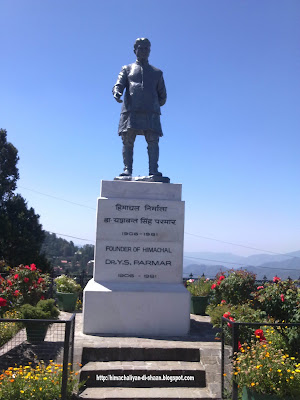Unseen Beauty of Himachal Pradesh - Sarahan
In the foothills of Himalayas, situated in the Sutlej valley, Sarahan was the old capital of Rampur Bushair ,one of the biggest princely states in Shimla Hills. Sarahan is located on the Kinnaur-Shimla border in Himachal Pradesh. It offers natural eye soothing beauty of and is comprehensive place of sacredness. It is a heaven enriched with awe-inspiring qualities. The scenic beauty of Sarahan compiles of breathe-taking greenary, waving mountains, snow covered regions. Sarahan's Apple orchards make the dusty environment pleasent with its fragrance. Sarahan is filled with flowering pine trees, huge forests, stream and it's worth remarkable valleys. God would have been very bighearted while creating such a fabulous beauty.
History of Sarhan
There are several tales that are woven around Sarahan, Centuries ago, the Raja of kullu declared war on neighbouring Kingdon Bushair. Post the huge intense and bloddy war, the king of Bushair won victory over the opponent. The serparated head of the ruler of Kullu was brought to Sarahan and placed on teh stone platform. The family members of Raja of Kullu and the people of is kingdon pleaded to return his head so that trhey could perform the last funeral rites. The ruler of Bushair laid three conditions before them before he would return the head - the land that was seized across the Sutlej would be retained, Kullu must promise to never again challenge its neighbout and the captured image of Lord Raghunath(The Patter devta of Kullu) would not be returned. The defeated Kingdon accepted all these terms and in return only asked the ruler of Bushair to celebrte the festival of Dussehra. This request was accepted and Dussehra has now become a major local festival. The Image of Lord Raghunath was ceremoniously installed alogside that of Bhimkali temple.
Places to Explore in Surroundings of Sarahan
1. Bhimkaali Temple
2. Saangla Valley
3. Kamru Fort
So, Pull Up Your Socks and Just Explore the Beauty of Himachal Pradesh.. !!




























